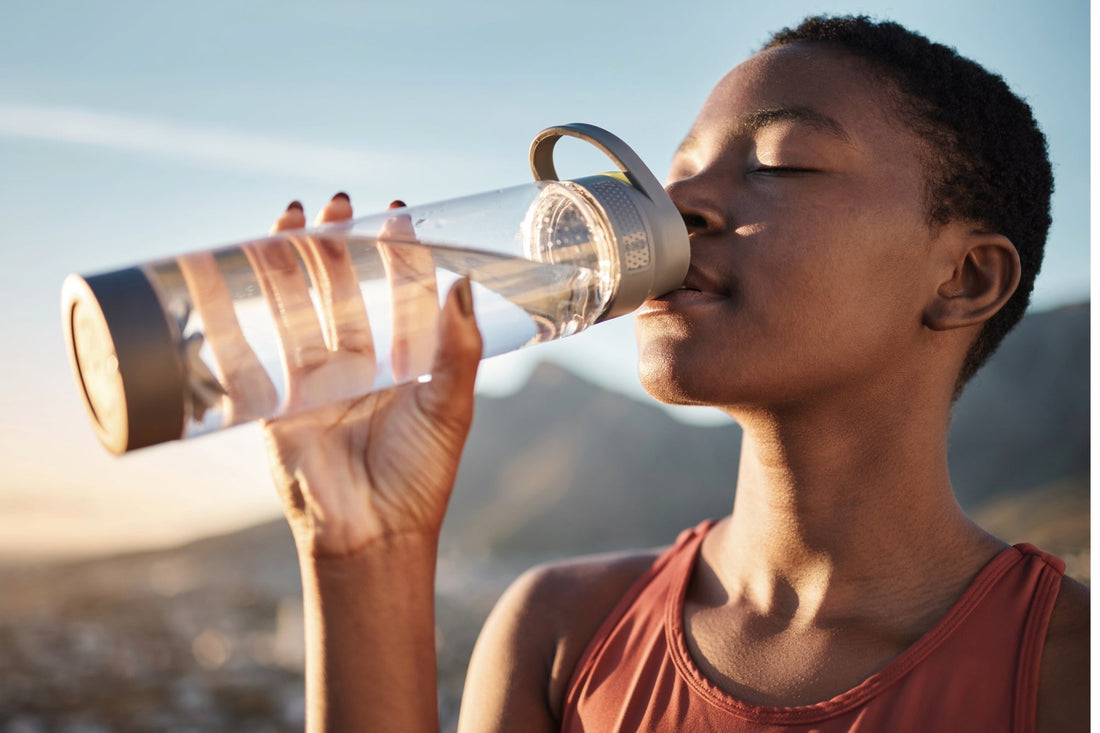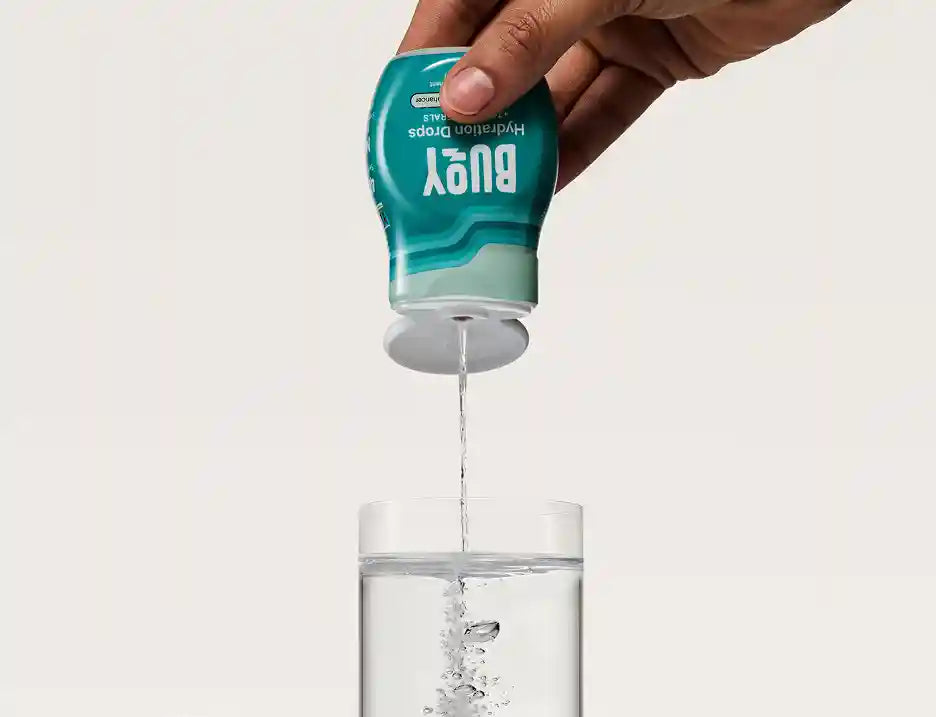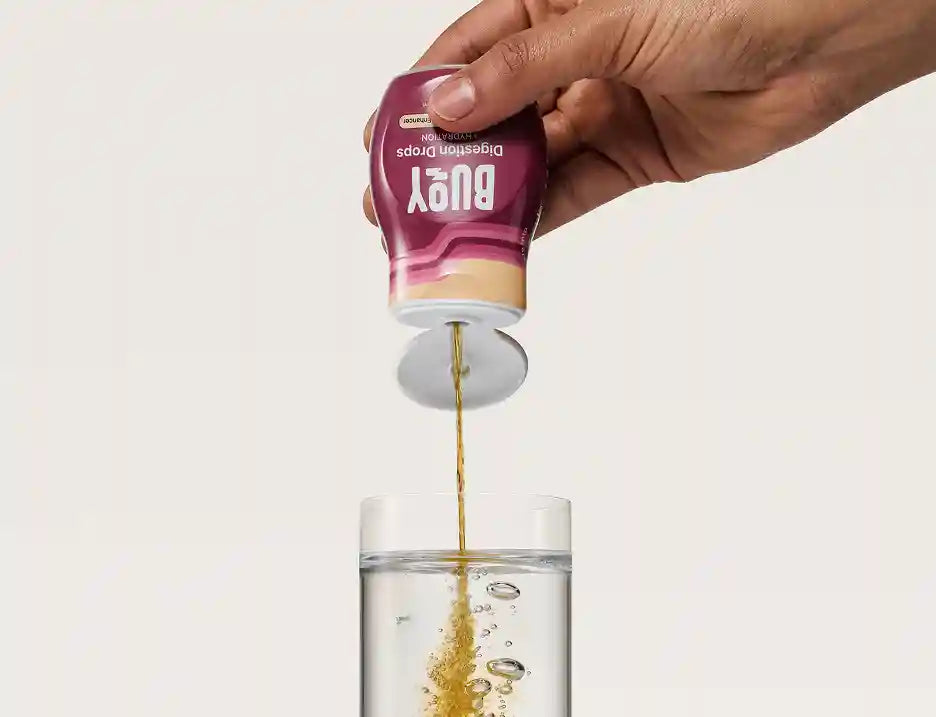
Hydration Myths and Facts in POTS: Staying Hydrated the Right Way
For individuals with Postural Orthostatic Tachycardia Syndrome (POTS), hydration isn’t just about quenching thirst—it’s important for symptom management. Proper hydration can help maintain blood volume, reduce dizziness, and combat fatigue.
But not all hydration strategies are created equal. Some popular methods may actually worsen symptoms, leaving POTS patients feeling frustrated and confused.
Essential Takeaways:
- Hydration Is Key to Managing POTS Symptoms: Proper hydration, particularly with electrolyte-enriched drinks, is essential for maintaining blood volume and reducing symptoms like dizziness and fatigue. Tailored hydration strategies can significantly improve daily functioning and overall quality of life for POTS patients.
- Not All Hydration Methods Are Equal: Myths like “plain water is enough” or “more water is always better” can worsen your condition. Understanding the importance of electrolytes, avoiding overhydration, and choosing the right hydration tools are critical for effective symptom management.
In this guide, we'll debunk common hydration myths, explore effective strategies, and provide actionable tips tailored just for people with POTS. Let’s uncover the truth about staying hydrated the right way.
- Why Hydration is Crucial for POTS
- Debunking Common Hydration Myths
- The Best Hydration Strategies for POTS Patients
- Filtered Water: Helpful or Harmful?
- Hydration Tools and Products to Consider
- Stay Hydrated, Stay Strong
Why Hydration is Crucial for POTS
Understanding hydration for POTS plays an important role in managing symptoms by supporting blood volume and circulation. POTS patients often struggle with orthostatic intolerance or difficulty regulating blood flow when transitioning from sitting or lying down to standing.
Proper hydration helps combat this by:
- Increasing Blood Volume: Staying hydrated boosts plasma volume, making it easier for your body to circulate blood effectively.
- Reducing Symptoms: Adequate hydration can alleviate dizziness, lightheadedness, and fatigue, common symptoms of POTS.¹ ²
- Enhancing Electrolyte Balance: Electrolytes like sodium, potassium, and magnesium—which are all found in Buoy’s drops—are essential for maintaining fluid balance and preventing dehydration.
Electrolyte-rich hydration is especially important for POTS patients, as it helps the body retain fluids and supports nervous system function.³
Debunking Common Hydration Myths
Misinformation about hydration is everywhere, and not all advice works well for POTS patients. Let’s clear up some common misconceptions and focus on strategies that truly help.
Myth 1: Drinking Plain Water is Enough
While plain water is essential, it’s not sufficient for POTS patients. Drinking large amounts of plain water can dilute sodium levels, leading to hyponatremia (low sodium in the blood).
Instead, combine water with electrolyte and mineral drops to enhance fluid retention and improve hydration.
Myth 2: Sports Drinks are the Best Option
While many electrolyte drinks for POTS are available, not all are created equal. Though marketed as hydration solutions, sports drinks are loaded with sugar and lack the right balance of electrolytes for POTS patients.
Opt for low-sugar, electrolyte-rich alternatives specially formulated for medical or high-performance hydration like our Rescue line.
Myth 3: More Water is Always Better
Overhydration can dilute electrolytes and worsen POTS symptoms, leading to fatigue, headaches, and even nausea. Focus on quality over quantity by incorporating electrolytes and drinking mindfully.
Myth 4: You Only Need to Hydrate When Thirsty
Waiting until you’re thirsty can leave your body dehydrated, especially for POTS patients who need consistent fluid intake to maintain blood volume. Drink small amounts during the day, even if you don’t feel thirsty.
Myth 5: Caffeinated Drinks and POTS: Use with Caution
Caffeinated beverages like coffee and energy drinks can be dehydrating due to their mild diuretic effect. But the bigger concern for many people with POTS is their potential to worsen symptoms like tachycardia (racing heart), jitteriness, and dizziness.
If you enjoy caffeinated drinks and tolerate them well, consider adding a squeeze of Buoy Hydration Drops to help counteract fluid loss and support electrolyte balance. Just be mindful - everyone reacts differently to caffeine, and some POTS patients may feel noticeably worse after consuming it.
The bottom line: if caffeine works for you, hydrate alongside it. If it doesn’t, it’s okay to avoid it entirely. Listen to your body and focus on hydration strategies that genuinely support your symptoms.
Staying Ahead of Hydration Myths for Better POTS Management
Avoiding these common hydration myths POTS helps you stay ahead of symptoms and improve your overall well-being. By focusing on balanced hydration strategies tailored to your needs, you can take control of an essential aspect of POTS management.

Myth Busted: Caffeinated drinks aren’t always dehydrating. Add a squeeze of Buoy to your favorite caffeinated drinks to balance hydration and replenish electrolytes.
The Best Hydration Strategies for POTS Patients
Hydration strategies for POTS should be targeted and deliberate. Here are our top POTS hydration tips to help you stay ahead of dehydration.
1. Prioritize Electrolyte-Rich Drinks
Incorporate beverages that contain sodium, potassium, and magnesium. Purposely unflavored hydration products like electrolyte drops can be added to any drink for a quick boost.³
2. Time Your Water Intake Strategically
Timing your POTS water intake can make a significant difference in managing POTS symptoms. Properly spaced hydration helps maintain blood volume and prevents sudden drops in energy or blood pressure.
Here’s how to do it:
- Drink a glass of electrolyte-enhanced water before standing up in the morning.
- Hydration before and after exercise to maintain fluid balance.
- Sip water throughout the day instead of drinking large amounts at once.
Incorporating these simple timing strategies into your daily routine helps maintain consistent hydration, supports blood volume, and reduces POTS symptoms, allowing you to feel more balanced and in control throughout the day.³ ⁵
3. Avoid Overhydration
Stick to the general recommended POTS water intake of 2-3 liters (around 8-12 cups) of fluid per day, including electrolyte-enhanced drinks. Overhydration can dilute electrolytes, undermining your hydration efforts.
That said, hydration needs vary from person to person. Always consult your doctor to determine the right daily fluid intake based on your individual symptoms, activity level, and climate. Pay attention to your body’s signals and adjust as needed.¹
4. Incorporate More Salt into Your Diet
Many POTS patients benefit from higher salt intake, as sodium helps retain fluids and supports blood volume. Use electrolyte products with sodium or include salty snacks like pretzels or nuts in your diet as recommended by your doctor.¹
5. Stay Cool and Hydrated
Heat can exacerbate POTS symptoms. Combine hydration strategies with cooling techniques, such as wearing lightweight clothing, using cooling towels, or staying in air-conditioned spaces when possible.¹
Get more Hydration Tips for POTS in our guide to staying hydrated and managing your symptoms.
Filtered Water: Helpful or Harmful?
Many people turn to filtered water for purity, but for POTS patients, it can come with a downside. Filtered water often lacks trace minerals, which are vital for optimal hydration.
Without these minerals, your body may struggle to retain fluids effectively, leading to dehydration symptoms. Here’s how to balance it:
- Add mineral drops to your filtered water to replenish essential trace elements.
- Consider using spring water or other sources with natural minerals.
- Avoid distilled or reverse osmosis water for regular hydration unless minerals are added back.
By ensuring your water contains trace minerals, you can enhance fluid retention and improve overall hydration.⁵
Are you suffering from dehydration? Discover how long it takes to rehydrate, so you can get back to feeling your best.
Hydration Tools and Products to Consider
Staying hydrated is easier with the right tools. Here are some recommendations:
- Hydration Apps: Use apps like Waterllama or Plant Nanny to track your daily water and electrolyte intake.
- Electrolyte Supplements: Brands like Buoy offer portable solutions for boosting hydration on the go.
- Infusion Bottles: These bottles allow you to add fruit or herbs for natural flavor, encouraging consistent hydration throughout the day.
By incorporating these tools into your routine, you can make hydration more manageable and enjoyable.
Stay Hydrated, Stay Strong
Hydration is more than just drinking water—it’s about understanding your body’s needs and addressing them with the right strategies. By prioritizing electrolyte balance, timing your intake, and using hydration tools, you can significantly improve your POTS symptoms and quality of life.
Find What’s Right for You
Remember, everyone’s hydration needs are different. Work with your healthcare provider to tailor your hydration plan and ensure it supports your unique requirements. Armed with the facts and these POTS hydration tips, you’re now ready to hydrate smarter, not harder.
Explore More
For additional tips on living well with this condition, check out our other POTS resource guides.

References:
-
Johns Hopkins Medicine. (n.d.). Postural Orthostatic Tachycardia Syndrome (POTS). Retrieved from https://www.hopkinsmedicine.org/health/conditions-and-diseases/postural-orthostatic-tachycardia-syndrome-pots
-
Cleveland Clinic. (2022). Postural Orthostatic Tachycardia Syndrome (POTS). Retrieved from https://my.clevelandclinic.org/health/diseases/16560-postural-orthostatic-tachycardia-syndrome-pots
-
EDS Nutrition. Electrolytes for POTS and Dysautonomia: A Comprehensive Guide. Retrieved from https://edsnutrition.com/electrolytes-for-pots-guide/
-
University of Rochester Medical Center. (2023). Hydration 101: Drinking 8 Glasses of Water and Other Myths Debunked. Retrieved from https://www.urmc.rochester.edu/news/publications/health-matters/hydration-101-drinking-8-glasses-of-water-and-other-myths-debunked
- Healthline. (2019). Electrolytes: Functions, Imbalance, and Sources. Retrieved from https://www.healthline.com/nutrition/electrolytes





